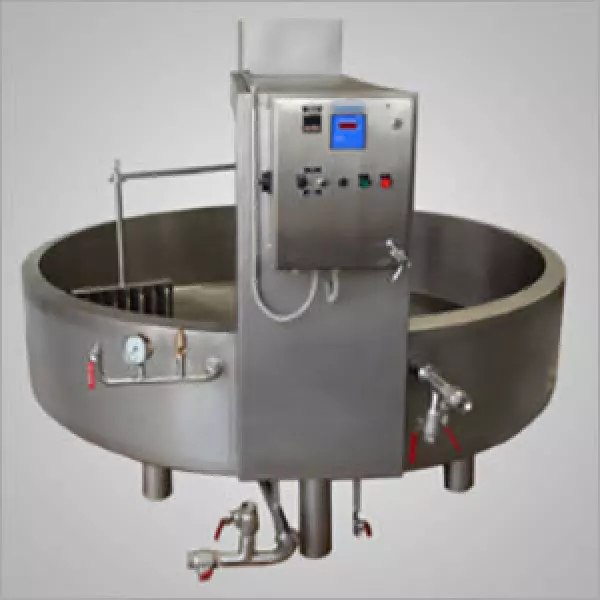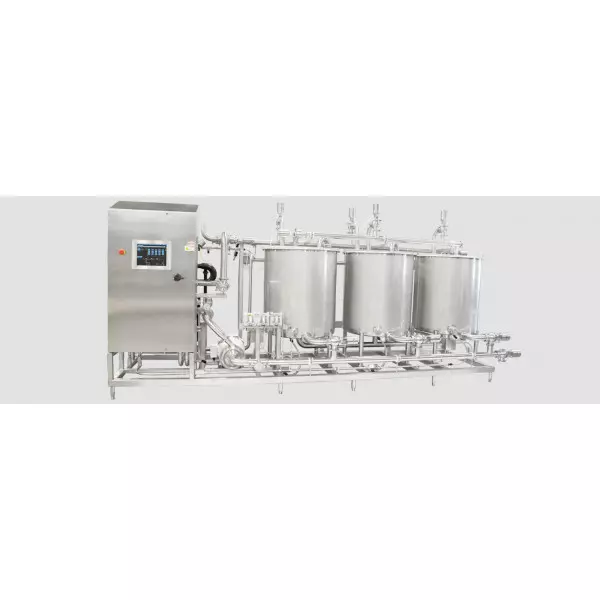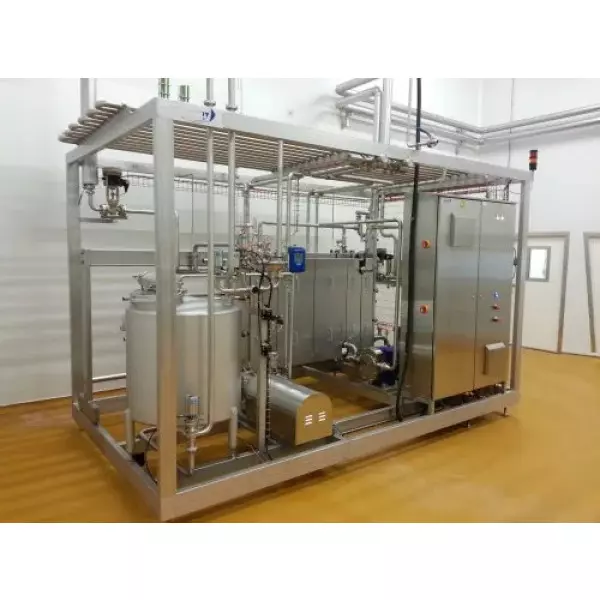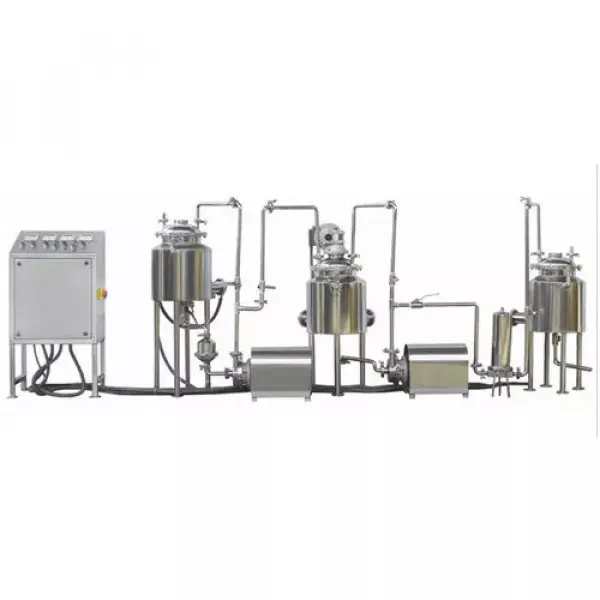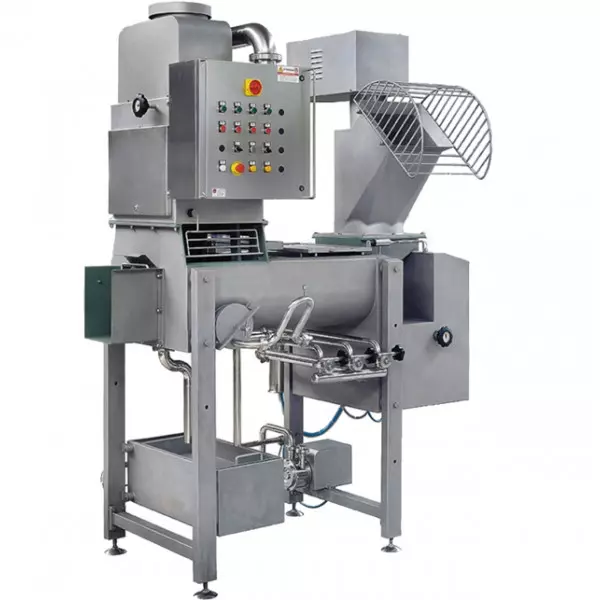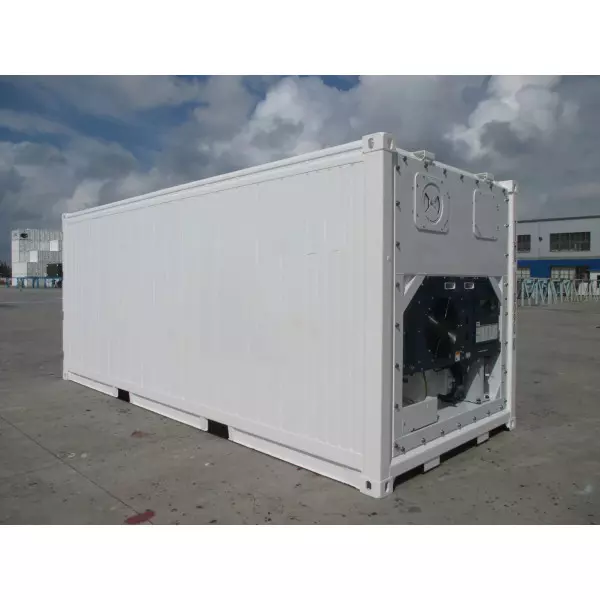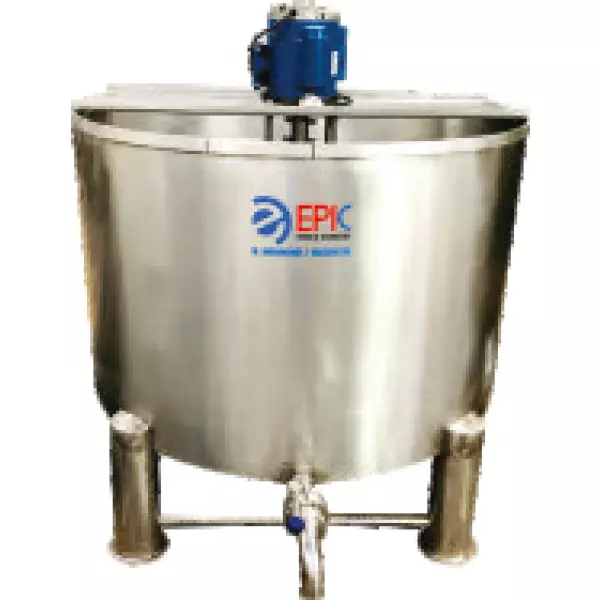- Home
- About Us
- Products
- Cold Storage Room
- Processing Plant
- Equipment
- Ageing Vat
- Ice Cream Pasteurizer
- Continuous Freezer
- Ice Cream Homogenizers
- Ice Cream Plate Chiller
- Automatic Ice Cream Homogenizer
- Fruit Feeder Machine For Ice Cream
- Ice Candy Making Machine
- Milk Homogenizers
- Batch Milk Pasteurizer
- Cheese Paneer Vat
- CIP System
- SS Silos / Storage And Process Vat
- Skid Mounted Milk Pasteurizer
- Sugar Syrup System
- Cheese Stretching & Molding Machine
- Cup Filling Sealing Machine (Curd / Yogurt/ Shrikhand)
- Ice Cream Cup Cone Filling Machine
- Refrigerated Container
- Bulk Milk Cooler (BMC)
- Milk Packing Machine
- Curd Incubation Room
- Butter Milk Stirrer Tank
- Instant Chiller
- Ice Bank Tank
- Industrial Butter Churner
- Ghee Clarifier Machine
- Khoya Making Machine
- Cream Separator
- Automatic Paneer Press
- Steam Jacketed Kettle
- Milk Batch Type Pasteurizer
- Paneer Pressing Machine
- Refrigerated Van
- Weight Bowl With Weigh Scale
- Updates
- Videos
- Gallery
- Contact Us
- E Cataloge
Curd Incubation Room
Curd Incubation Room Details
- Minimum Order Quantity : 01 01 Set
- Storage Capacity (in Ton) : 01 Ton To 1000 Ton
- Temperature Range : +45 C
- Body Material : Stainless Steeel / GI
- Size : Customised Size
- Insulation Thickness : 60mm to 80mm
- Usage / Application : Food Industry
- Phase Type : Three Phase , Single Phase
A curd incubation room is a specially designed space where milk is converted into curd (yogurt) through controlled fermentation. The primary goal of such a room is to create and maintain the optimal environment for bacterial cultures to thrive, ensuring that the fermentation process occurs uniformly, efficiently, and safely. Below is an exceptionally detailed guide on the design, requirements, and best practices for establishing a curd incubation room:
1. Understanding the Fermentation Process
a. Microbiology and Fermentation Dynamics
Bacterial Cultures: The process of converting milk into curd is primarily facilitated by lactic acid bacteria (e.g., Lactobacillus bulgaricus and Streptococcus thermophilus). These bacteria ferment lactose in the milk, producing lactic acid, which then causes the milk to coagulate.
Optimal Conditions: The bacteria perform best within a specific temperature range (typically 40–45°C), with optimal pH levels around 4.5–5.0 as fermentation proceeds.
Time Factor: The incubation period can vary from 4 to 12 hours depending on the desired taste and texture. Longer incubation times generally result in a tangier curd.
CAPACITY :350CFT TO 5000 CFT
2. Design Considerations for the Curd Incubation Room
a. Temperature Control
Consistent Heating:
The room should be equipped with reliable heating systems (e.g., electric heaters, heat exchangers) that maintain a consistent temperature ideally between 40–45°C.
Use thermostatically-controlled heating systems to avoid temperature fluctuations.
Consider redundant systems (backup heaters) to ensure continuity in case of failure.
Insulation:
Proper insulation of walls, ceilings, and floors minimizes heat loss.
Materials such as foam panels, insulated bricks, or composite insulation materials can help maintain the desired temperature.
Monitoring and Automation:
Incorporate digital temperature sensors connected to a central control system.
Automate temperature adjustments using smart thermostats for real-time monitoring and control.
b. Humidity Management
Optimal Humidity Levels:
Although temperature is critical, maintaining a moderate humidity level (around 50–60%) is important to avoid surface drying of the curd and to control microbial growth.
Ventilation Systems:
Install HVAC systems that allow precise humidity control while preventing condensation on surfaces.
Use dehumidifiers or humidifiers as necessary to adjust the environment.
Related Products
Ageing Vat
Our product range includes a wide range of ice cream ageing vat machine and ice cream ageing vat.Model100 Ltr... Continue
Ice Cream Pasteurizer
We are a leading Manufacturer of ss ice cream pasteurizer and ice cream pasteurizer from Gandhinagar, India.... Continue
Continuous Freezer
We are a leading Manufacturer of continuous ice cream freezer machine and continuous ice cream freezers 100 lph from Gan... Continue
Ice Cream Homogenizers
Leading Manufacturer of ice cream milk homogenizer and high pressure ice cream homogenizer from Gandhinagar.... Continue
Ice Cream Plate Chiller
Product Details:Minimum Order Quantity1 PieceMaterialStainless SteelBrandEpic Vision & Tec... Continue
Automatic Ice Cream Homogenizer
Product Details:Minimum Order Quantity1 PiecePressure2000 psiCapacity100-5000 l/hrI Deal... Continue
Fruit Feeder Machine For Ice Cream
Product Details:Minimum Order Quantity1 PieceMachine TypeMobile/Moving Feeding MachineTypeGrav... Continue
Ice Candy Making Machine
12 Mould with Double Air Compressor and deep Frost TankStainless Steel JindalInner 2mm, Outer 1.5 mm, Insulation 7... Continue
Milk Homogenizers
Capacity LHPPower HPHomogenisingPiston2003Manual Operation33003Manual Operation3... Continue
Batch Milk Pasteurizer
Model100 Ltr200 Ltr350 Ltr600 Ltr1000 LtrFabricatedSS-304SS-304SS-304SS-304SS-304N... Continue
SS Silos / Storage And Process Vat
A milk silo tank is a large, cylindrical storage container used in the dairy industry to store and preserve milk at a co... Continue
Cup Filling Sealing Machine (Curd / Yogurt/ Shrikhand)
The automatic curd and lassi cup filling machines are specialized packaging systems designed specifically for dairy and ... Continue
Ice Cream Cup Cone Filling Machine
Body & Construction : Material - SS 304 (Jindal Steel) or food grade materialCapacity : 45 to 50 units / minDi... Continue
Bulk Milk Cooler (BMC)
Capacity300-10000 LtrThermo PlateImportedConstruction MaterialAISI 304 SSSheet Thick Inner... Continue
Milk Packing Machine
Milk packaging machines are designed to automatically fill, seal, and sometimes label milk containers — usually po... Continue
Butter Milk Stirrer Tank
It sounds like you’re referring to a high‐speed, high‐shear mixing or stirring tank—often used in dairy ... Continue
Instant Chiller
Fully AutomaticWide Capacity : 2 Tr to 200 TrTemperature Range :15c to -35cHermetic Sealed / Semi Hermetyic Scro... Continue
Ice Bank Tank
CAPACITY : 300 LPH TO 3000 LPHAn “Ice Bank Tank” is a thermal energy storage system that uses the phase ch... Continue
Industrial Butter Churner
What It Is and How It WorksPurpose: It transforms milk cream into butter through mechanical agitation. The process for... Continue
Ghee Clarifier Machine
CAPACITY :250 TO 1000 LTRA ghee clarifier machine is a specialized piece of dairy processing equipment designed to pur... Continue
Khoya Making Machine
A khoya making machine (also known as a mawa making machine or milk boiling machine) is a dairy processing device design... Continue
Cream Separator
A milk cream separator is a device engineered to divide whole milk into its two primary components—cream (the fat-... Continue
Steam Jacketed Kettle
A Steam Mawa Kettle is a specialized dairy processing equipment designed for making khoya (mawa), a key ingredient in ma... Continue
Milk Batch Type Pasteurizer
Components of a Typical Batch Pasteurizer PlantPasteurization TankUsually stainless steel, jacketed, insulated.C... Continue
Paneer Pressing Machine
An automatic paneer pressing machine is a device designed to streamline the process of pressing paneer (Indian cheese) a... Continue
Refrigerated Van
A refrigerated van, also known as a reefer van, is a type of vehicle equipped with a refrigeration unit designed to tran... Continue
Weight Bowl With Weigh Scale
Place the Weighing Scale on a Flat Surface: Ensure the scale is on a level surface to get an accurate measurement.Zero... Continue











